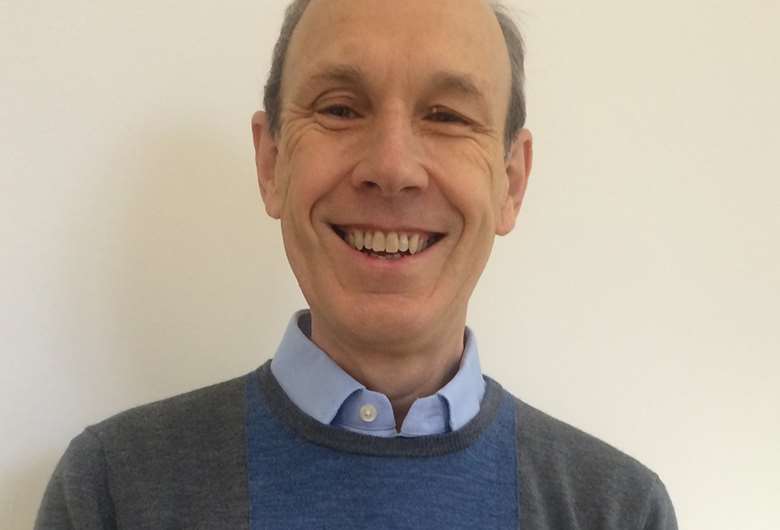Children’s Services Update - Harm’s effects
John Simmonds
Monday, June 26, 2017
One of the last pre-election moves was for the Children and Social Work Bill to become law. We are still waiting for the detail, but we know the outline of what is to come.

One of the last pre-election moves was for the Children and Social Work Bill to become law. We are still waiting for the detail, but we know the outline of what is to come.
Local Safeguarding Children Boards and Serious Case Reviews will be replaced with a national Child Safeguarding Practice Review Panel, Local Child Safeguarding Practice Reviews and Child Death Review Panels. The Act also introduces relationship education in all primary schools.
But there is another significant clause. Children are in care because there is evidence of abuse and neglect. According to Clause 8, the local authority is required to provide a detailed picture of the harm and how the plan for the child will address developmental recovery. This will influence the legal order relating to whom the child will live with.
Isn’t this what local authorities and professionals having been focusing on for years? Yes, to an extent, but the clause requires an explicit, detailed picture of the harm, its impact on development and how the future placement of the child will contribute to their developmental recovery. If the clause re-focuses our attention on this critical matter, that must be a good thing.
For any professional working with children, understanding how the past impacts the present is important. Attachment has become a key concept in our understanding of child development – but we also know that attachment only predicts outcomes when it is combined with other factors, such as the child’s ability to resolve conflict.
Childcare professionals require a good level of understanding of what has happened in a child’s life and what is happening now in order to inform the next stage of their development. That is the challenge of the clause in the new Act. As well as the core knowledge, skills and the ability to be a reflective practitioner, it is essential to have a clear picture of a child’s circumstances, through working with the parents, and good multi-agency working to enable local authorities to build up that picture of harm and its impact. The contribution of early years practitioners is vital in this, and it really can help a child live a better future.
John Simmonds is director of policy, research and development at the British Association for Adoption and Fostering (CoramBAAF).




